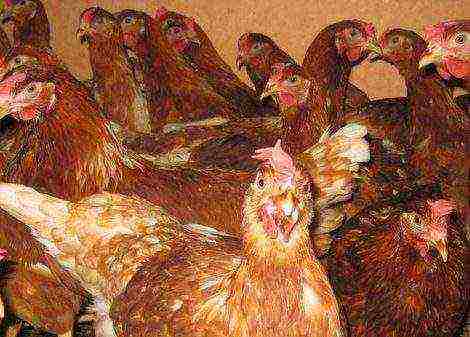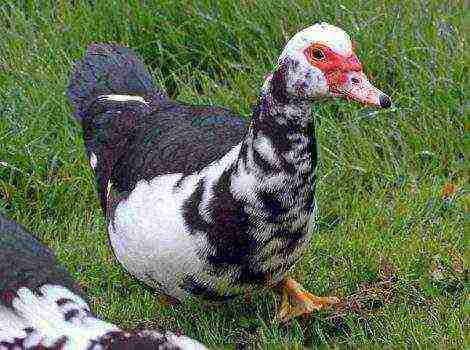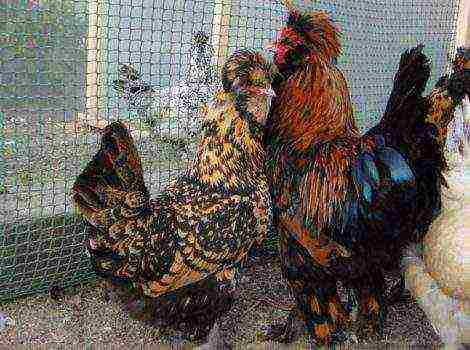Content
- 1 Correct incubation of quail eggs at home
Correct incubation of quail eggs at home
Breeding quail at home began only 50 years ago. This bird has a lot of advantages, including: early maturity of individuals, low cost of eggs, dietary meat and unpretentious maintenance.
In this article, we will talk about the features of incubating quail eggs at home, consider the quail incubation table, talk about modes and learn how to lay eggs in an incubator.
What incubators are needed to breed chicks?
The quails have lost their hatching instinct, so the hatching of the young takes place thanks to the incubators. One of the best and most popular models in Russia is the Nasedka model.
Made of extruded foam, the incubator weighs 16 kg and has standard dimensions: 70x50x40 cm. The entire body is lined with plastic, on top there is a cover with an electric cable. If the cover is removed, the entire device is automatically turned off. Equipped with a removable tray that turns eggs every 40-60 minutes.
The turning function at the time of hatching of the young can be turned off. Incandescent lamps are located under the tray itself, which provide a constant temperature regime, evenly heating the incubator. The temperature can be set within the range of 25 - 40 ° C. The value is maintained automatically by an electronic thermostat. Fire protection is provided.
Humidity is maintained by evaporation of water from 2 containers located above the heater. There are special holes on the bottom and in the lid of the incubator, which act as ventilation.
The "Mother hen" model will allow not only to bring out the young, but also to keep the quail in it for 2 weeks. To do this, instead of the tray, a box is installed and the growing mode is turned on.
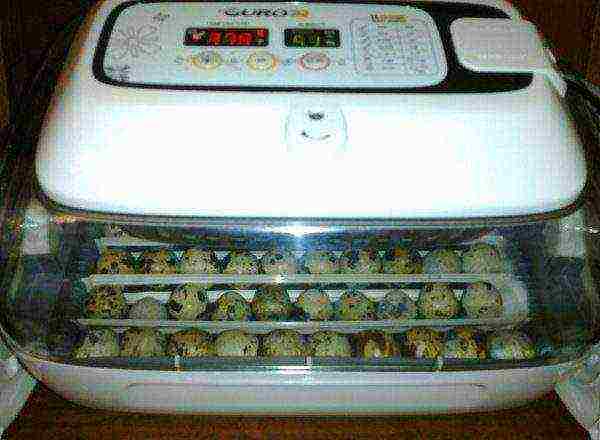
How to choose quail eggs
There are a number of parameters for quail eggs.
- Weight.
• 10-15 grams - for breeding birds;
• 8-13 grams - for poultry for meat. - Smooth shell surface, without any flaws: growths, dents, notches, cracks.
- Form... The percentage of the smaller diameter to the larger diameter is 65 to 70.
- Matte coating.
Each egg must be viewed through an ovoscope. You can use a flashlight for "illumination". Look closely at the egg for any imperfections: the location and size of the air chamber, the presence of blood inclusions, mixed white and yolk.
For good hatchability of quails, the hatching egg should not be more than 10 days old... Storage temperature - 10-15 ° С.
What humidity should it be?
When storing eggs, keep the air humidity within 80%.
When incubated during the first 15 days, this value varies within 53-60%. On days 16 and 17, the humidity is lowered to 47-49%. During hatching of chicks, the value is increased to 65-90%.
Humidity is the main indicator during egg incubation. Since at the beginning of the development of the embryo, metabolic processes take place.It is necessary to regulate the moisture index to avoid the occurrence of water starvation of the embryo.
If the humidity in the incubator, on the contrary, is too high, a similar situation may arise with the biting of the shell, since the embryo membrane will be oversaturated with moisture.
Dampness in the incubator can cause mold and mildew in the tray.... Bacterial diseases can be transmitted to the fetus.
To increase humidity during hatching, place containers with warm water on the bottom of the incubator.
You will also be interested in:
- Incubation of turkey eggs.
- Instructions for the household incubator "Laying": how to apply.
- Correct incubation of duck eggs at home.
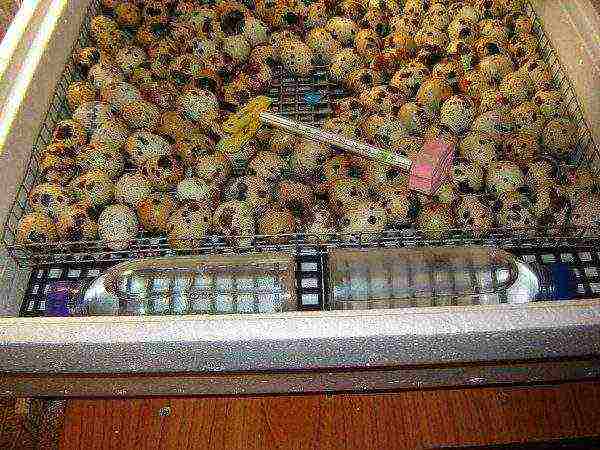
Temperature table for incubation period
Now let's talk about the temperature in an incubator for quail eggs. Quails are more resistant to overheating or power outages.
When turning off the incubator, quickly remove the tray from the housing and refrigerate the eggs to 15-18 degrees. As soon as the problem is solved, bring the temperature to the desired value and put the tray back. With such interruptions, the embryos may be slightly delayed in development.
The first 12 days, the temperature in the quail incubator should be constant - 37.7 ° C. From 13 to 15 days - 37.3-37.5 ° C. During quail hatching, the temperature is lowered to 37.2 ° C.
Below is a table of incubation of quail eggs.
| Specifications | Incubator for 50 eggs 220 / 12V (quail) | Incubator "Laying" for 77 eggs 220 V | Incubator "Neptune" for 80 eggs 220 V | Incubator "Bird" for 60 eggs 220 V |
| Thermostat type | digital | digital | analog | digital |
| Number of eggs, pcs. | 50 | 77 | 80 | 60 |
| Accuracy of maintaining temperature, ° С | ± 0,2 | ±0,1 | ± 0,5 | ± 0,2 |
| Power consumption, W | 40/25 | 40 | 42 | 70 |
| Dimensions, mm | 470 x 470 x 235 | 720 x 520 x 290 | 796 x 610 x 236 | 620 x 480 x 260 |
| Weight, kg | 4 | 2,4 | 4 | 6,5 |
| Coup | automatic, every 1 hour (up to four hours) | auto | automatic, 7 times a day | automatic, every 50 min |
| Thermometer | No | electronic, built into the thermostat | analog | electronic, built into the thermostat |
| Humidity measuring device | No | No | No | No |
Quail egg laying: how long does it take to breed
For incubation, eggs are taken that are no more than 7 days old. The longer the storage period, the less chance of hatching a normal and viable chick from it.
The bookmark takes place in a strictly vertical position, the sharp end is located at the bottom of the tray. After they have been laid, they should be disinfected. To do this, use a morning-violet emitter at a distance of 0.4-0.45 m (6-7 minutes).
To increase the shelf life of eggs, you should place newly laid eggs in boxes with cells and pack them in a bag, completely closed. They can be stored for 15 days at a temperature of about 17 degrees. To extend the shelf life to 20 days, you can place the eggs in the incubator every day for 30 minutes.
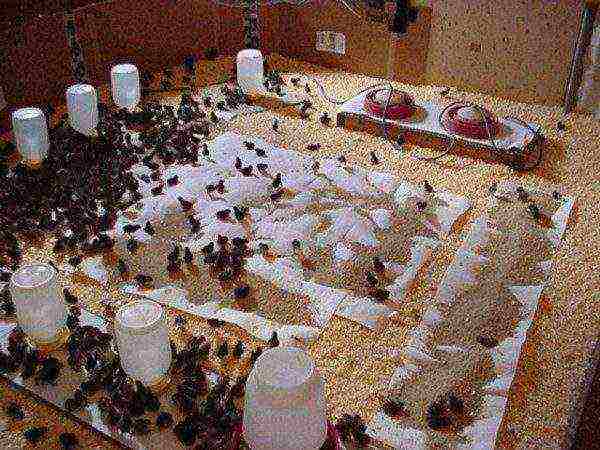
Conditions for home incubation of quails
Many factors affect the quality of hatching of chicks, including the type of feeding, stocking density, quail age, and sex ratio.
The most optimal number of quails: 1 male for 4-5 females. Some growers prefer to separate each pair for mating.This significantly increases the percentage of fertilized eggs than with free mating.
Eggs are taken from females 2-8 months old. In younger females, they are used as food. If the quail is older than 9 months, its egg production does not change, however, the percentage of fertilized eggs decreases.
Males have been used as sires for a little longer.
Features and temperature modes of incubation
Now let's consider how long the chicks hatch and what needs to be done for this. Poultry farmers use different incubation modes.
The first 15 days, it is required to maintain an optimal mode of 37-38 degrees. Many poultry farmers adhere to other parameters of 36.8-37.6 degrees. For hatching chicks, the temperature varies between 37-37.4 degrees.
Spraying should be carried out every day (2 times / day). When doing this, also remember to ventilate the incubator for 10 minutes. This will help the shell to soften so that the chick can easily peck at the shell during hatching. The hatchability percentage increases to 95%.
Egg turnover occurs 4-8 times per day. There are automatic turning incubators, but some require manual turning of the eggs. If you neglect the procedure, the chick will stick to one of the inner walls, the chance of such an embryo surviving is 0.
Once a day, it is advisable to change trays in places in a circle. This will allow the eggs to warm up evenly and hatch the chicks at the same time, and not with a difference of a day or two.
If you follow these simple rules, hatching of chicks will occur on the 17th day and will last for 6-9 hours.
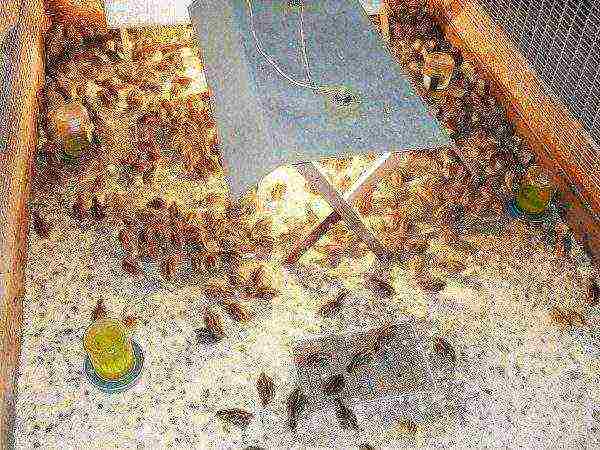
Reasons for the unsuccessful withdrawal of quails
There are many factors that are the reasons for the low percentage of hatching chicks. Main reasons.
- Quail food. If the diet of birds lacks vitamins and minerals, and the nutrition is unbalanced, as a result, premature or weak embryos with pathologies and defects are born. These chicks cannot pierce the shell with their beak. Such quails die within 1-2 months.
- Violation of the incubation regime. This is a common cause of failure. By the end of incubation, the embryos need a sufficient amount of oxygen and constant ventilation of the room from carbon dioxide. As a result, the embryos die from suffocation.
- Violation of gas exchange. In this case, the head of the embryo is positioned towards the sharp end. The reason for the violation lies in overheating. You should carefully observe the temperature regime in the incubator and sometimes cool the eggs.
- Turning eggs. Insufficient or incorrect turning is also a common cause. The protein is used in an incomplete amount, which is why the embryo develops unevenly, or dies after hatching.
Each poultry breeder is obliged to familiarize himself with a number of rules for the correct breeding of quail chicks. An incubator should be initially selected based on technical specifications and additional functions. (operating modes, overturning of eggs, the presence of a box for keeping chicks in the first weeks of life, regulation of humidity, etc.).
It is better to purchase eggs from a trusted manufacturer, which has long established itself in the market. However, everyone can try their hand at breeding their own broodstock. This will help you save money and gain experience.
As you can see, hatching quails in an incubator at home is a painstaking procedure that requires patience and perseverance.
